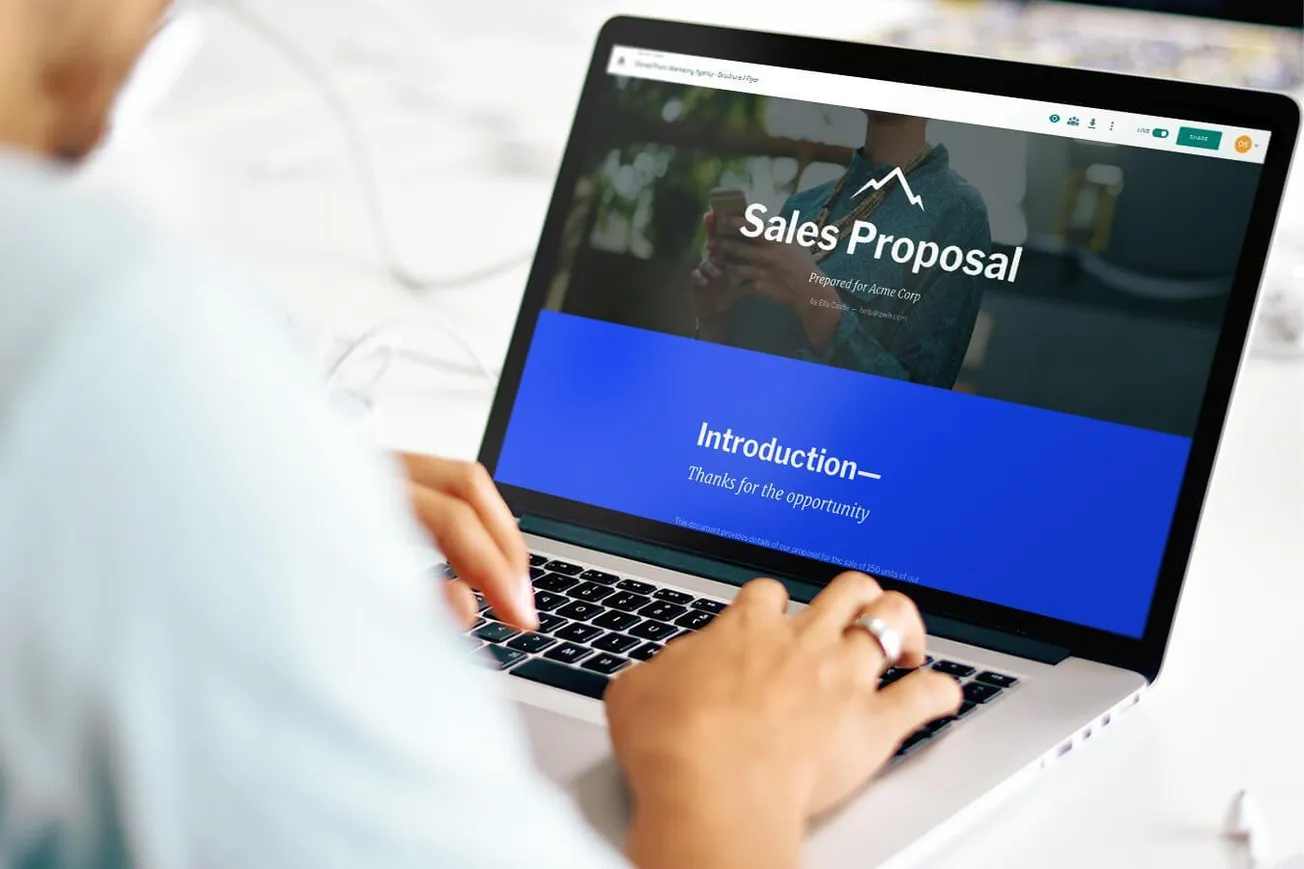Table of Contents
When selling a program, we will have to make a written proposal. Even if we are talking to the owner, often the person will need to at least consider the proposal, and often will have to sell it on the inside of their organization. We want to write a proposal that is easy to understand and explain to others.
First Sentence
The first sentence should be short, to the point, and have a positive statement about the program.
“Susan, I appreciate your interest in this program. We are currently using this with other customers with great success.”
“John, this program is helping many of our customers get what they want when they want it.
“Pete, my customers use this program to ensure they get the prices and tallies they need.”
Title
The title of the program should have our customer’s company name in it.
- Johnson 2×4 Ute Program
- ABC Lumber Random 2×4 Solution
- XYZ Lumber D+Btr Fir Larch on Time Deliver Program
- Olsen Lumber #2 Spruce Program
- Smith Lumber 1×6 C/Btr Short Board Program
Details with Bullet Points
Use bullet points to delineate the details of the program. DO NOT write the details of the program in paragraph form. It is more difficult to write and way more difficult to read and understand. Our goal in the detail section is show the customer, thus setting them at ease, that we have thought through all the details and possibilities. Buying a car of 2×4 92 5/8” from a known mill has little risk. To commit to a program our customer, and their organization, have to believe that we are an expert.
XYZ Lumber D+Btr Fir Larch on Time Deliver Program
- Two trucks per month for 12 months starting July 15, 2019 ending June 15, 2020
- Trucks will deliver on Monday of the first and third week of every month
- The distribution will be 1/3 1×4, 1/3 1×6, 1/3 1×8
- Tallies will be 10’-16’ on the 1×4 and 8’-16’ on the 1×6 and 1×8
- Stock will be from any of these mills: Smith Lumber, Jones Lumber and Vitaly Lumber
- Pricing will be based on R/L print the Friday prior to shipment +$113
- Terms are 1% 15, net 30
Options
We give three options to our program. This gives our customer a feeling of having “shopped it” and reinforces that we are experts.
Option #1
- 8’-16’ from 10 different mills at R/L + $110
Option #2
- 8’-16’ from five different mills at R/L + 115
Option #3
- 10’-16’ from three different mills at R/L + 125
Pricing
We can price programs several ways:
Friday Prior’s Print + Adder. We take the R/L print prior to the week the product ships as our base price and add profit and freight to come up with the adder.
Three Month Running Average + Adder. Same as above just using a running average over a number of months.
By Month or Quarter. We set a firm price and adjust at a pre-agreed time.
Price Time of Shipment (PTS). We negotiate the price when the product ships.
Firm Price for the Life of the Program. Some customers want and/or need a firm price for a year or for the length of a specific project.
Note: Writing a proposal can seem like a lot of work. The great thing is that once we finish the first one, we can “Copy and Paste” the format and just change the details to fit the individual customer.
What’s Programmable?
We can program any product, but I think it makes more sense with some items more than others.
- Funky tallies. 1×6 #2 10’ Pine is always about $100/MBF less than 1×6 #2 R/L Pine, then it is more important for the customer to have the product, than to save $10/MBF shopping it. It’s always going to be less and the premium the customer has to pay for the R/L 1×6#2 is prohibitive, so this is a good item to program.
- Premium tallies. If a customer has to have 12’ and longer #3 and those tallies aren’t always available, this is a good item to program.
- Premium stock. If there is an item that the customer loves and so does everyone else, this is a good item to program.
- Poor quality stock. Some customer need “fightin’ wood” quality and don’t want to pay more, ever. One man’s garbage is another man’s gold. Program it.
Overcoming “Program Objections” and Closing
In any sales situation we need to be prepared and confident. This is even more important when selling a program, because it is a larger commitment. We need to anticipate any and all detail questions and options. We must sound confident and prepared when discussing pricing or objections.
We must tell the customer why the program is good for them. Many sellers make the mistake of presenting a program with few details. This kind of approach says, “Hey, Terry, let’s put this together so I can sell you more volume.” That does not sell programs.
Customer: “I prefer to buy on the open market.”
Master Seller: “That’s the beauty of this program, Susan. We are only programming six of the 10 loads you buy per quarter. This gets us the stock and the tallies we like and leaves us flexible to work the open market also.”
Customer: “What happens if I slow down?”
Master Seller: “Tom, that’s why we are only programing 70% of our usage. In addition, I will work with you, just like I do now, to help you with shipments.”
Customer: “What if the market comes off?”
Master Seller: “That’s why we are tying it to print, John. We will be protected on the way down.”
Or
“Tom, we are tying this to print, which protects us, we are getting the quality and tallies we want. We make good money on this when the market is steady or flat, but where we really make money is when this product is tight, and it gets tight twice a year every year. That’s why we are putting it on a program.”
I know many Master Sellers who have a profitable year already booked on January 1 of every year. If we promote 10 programs a month and fail at a 90% rate, we will have 12 programs in place a year from now.
Happy Selling!









